Natural Herb Replacements for Over The Counter Meds
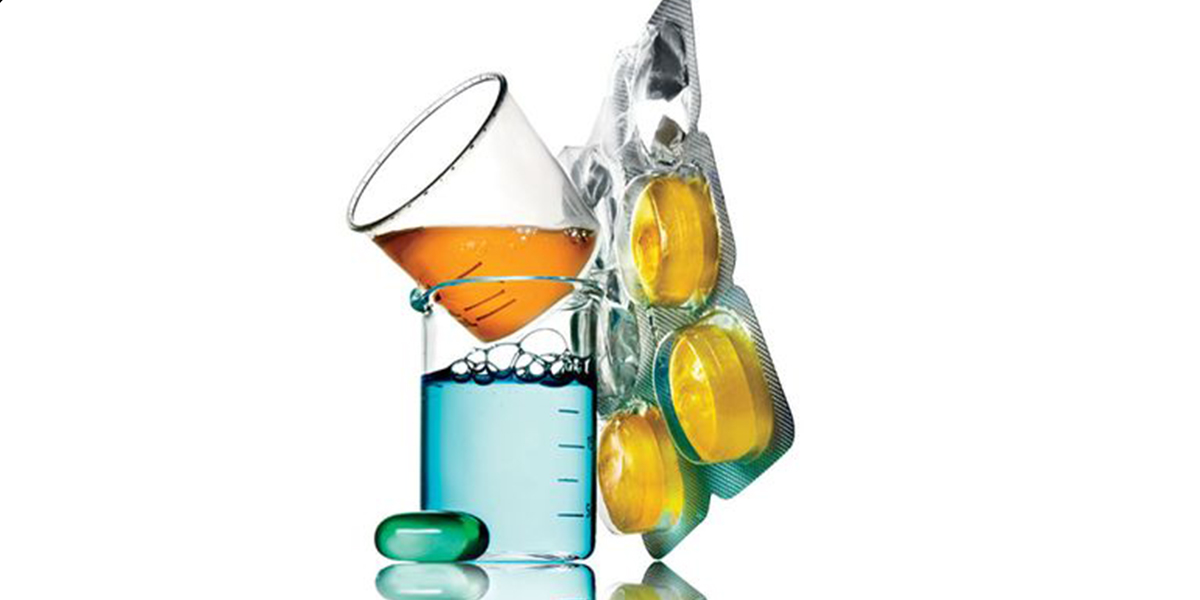
One of the things that modern technology has been able get a corner on the market in and that is convenience. To be honest, convenience often drives our decisions, so we seek the easiest way in all we do. As a result, it’s easy to overlook nature’s actual healing ability.
This convenience has spilled over to the medications we are drawn to in our day. Over-the-counter drugs that are put out by Big Pharma have become a popular go-to treatment option for common ailments. Regardless that what they may contain has very little to the natural way our body needs to heal. Chock full of synthesized compounds that “act” like the actual, God-given counterparts, that with just a little more effort can have the same or even better affect on what ails us. These better-for-you plants and herbs can be easily transformed into helpful remedies!
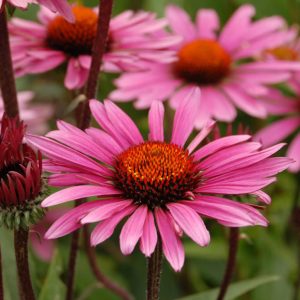 Echinacea: Immune-Boosting Powerhouse
Echinacea: Immune-Boosting Powerhouse
Echinacea (Echinacea purpurea), commonly known as purple coneflower, is a flowering plant cherished for its immune-boosting properties. It is often used in the “natural” OtC products as a booster to your immune system. Its roots, leaves, and flowers contain compounds that stimulate the immune system. Cultivate it in well-drained soil under full sun. Regular deadheading encourages prolonged flowering.
Remedy: To use singly, you can create a tincture by choping fresh echinacea flowers and leaves finely or crush them lightly in a mortar with your pestle. Fill a glass jar about halfway with the chopped/crushed plant material. Pour vodka (around 80% proof) or apple cider vinegar or glycerin over the plant material, ensuring it’s completely covered. Seal the jar tightly over some wax paper that is between the glass lip and the metal fastener and store it in a cool, dark place for 4-6 weeks, shaking it daily. Strain the tincture and transfer it to a dark glass bottle. Take a small amount daily to support your immune system.
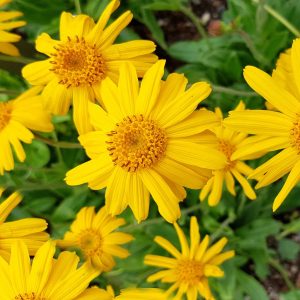 Arnica: Nature’s “Icey-Hot” Pain Reliever
Arnica: Nature’s “Icey-Hot” Pain Reliever
Use in place of: Pain relief creams and ointments
Arnica (Arnica montana) is a yellow flowering plant often confused with daisies. It has been used for centuries topically (on the skin, externally) to alleviate pain and reduce inflammation. Its active compounds, such as helenalin, possess analgesic properties, making it a popular choice for treating bruises, muscle aches, and joint pain. To grow it, choose a well-drained location with partial to full sunlight.
Remedy: Gently rinse the fresh arnica flowers to remove any dirt or debris. Pat the flowers dry with a clean cloth or paper towel. Fill a clean, dry glass jar about halfway with the arnica flowers. Pour the carrier oil (Coconut or MCT Oil) over the flowers until fully covered, ensuring at least an inch of oil above them. Seal the jar tightly and place it in a warm, sunny spot for about 4-6 weeks. Shake the jar gently every day. After the infusion of the compounds found in its flowers, strain the oil through a fine mesh strainer or cheesecloth into a clean container. Store the arnica oil in a cool, dark place. Can keep for up to a year without spoilage or odd-odors. Apply it topically to areas of pain and discomfort as needed.
 Calendula: The Wound Healer
Calendula: The Wound Healer
Use in place of: Topical creams and ointments
Calendula (Calendula officinalis), or marigold, is a vibrant flower renowned for its skin-healing as many of it’s capabilities. Having anti-inflammatory properties and antiseptic compounds that aid in wound (cuts, burns, rashes, hemeroids, etc.) healing process.
When you grow your own, plant calendula in well-drained soil with good sunlight. Deadhead spent flowers to encourage continuous blooming.
Remedy: For external use – Infuse the carrier oil (Coconut or MCT) with dried calendula petals using the same method as the arnica oil recipe. For internal use, follow the steps detailed in the echinacea recipe. Strain the infused oil into a clean container. In a double boiler, melt a small amount of beeswax. Mix the melted beeswax with the infused calendula oil to create a salve consistency. Pour the mixture into small containers and let it cool and solidify. You can also use it with Pure Shea Butter for more of a cream, instead of a salve (with the Bees Wax) Apply the calendula salve to dry or irritated skin as needed for nourishing relief.
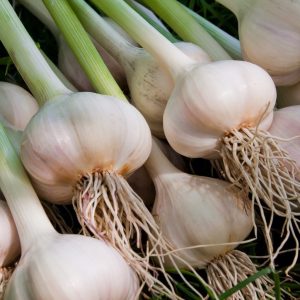 Garlic: Nature’s Mild Antibiotic
Garlic: Nature’s Mild Antibiotic
Use in place of: Antibacterial and antiviral agents
Garlic (Allium sativum) is a culinary staple with impressive medicinal qualities. Its active compound, allicin, exhibits antibacterial and antiviral properties. Some of the same compounds that can be found in the likes of OTC antibiotic ointments.
Plant garlic cloves in well-drained soil with good sunlight exposure. Harvest when the leaves turn yellow, and the bulbs have formed cloves.
Remedy: Peel and finely chop fresh garlic cloves. Crush them further to help release their compounds in a mortar and pestle. Place the garlic in a clean, dry mason jar. this time you can pour virgin olive oil over the garlic until it’s fully covered. Seal the jar with the wax paper insert as before and let it sit in a sunny place for about 1-2 weeks. Strain the oil into a clean container using a fine mesh strainer or cheesecloth. Use the garlic-infused oil for cooking or as a topical remedy.
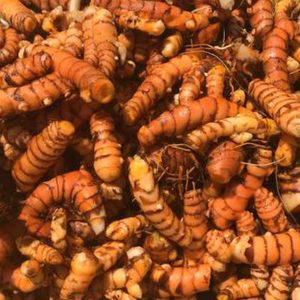 Turmeric: Golden Elixir for Pain
Turmeric: Golden Elixir for Pain
Use it to Replace: Anti-inflammatory medicine
Turmeric (Curcuma longa) is a vibrant yellow spice that you usually have in your kitchen cabinet’s spice rack. However, it has also been known for its potent anti-inflammatory properties, primarily attributed to its active compound, curcumin.
This plant can be grown in warmer climates or pots indoors. Plant turmeric in well-draining soil and provide ample sunlight. Harvest the rhizomes when they are mature and vibrant in color. You can get it in places it’s fresh form in a specialty grocery store like Whole Foods
Remedy: Make an old eastern Indian concoction. In a small saucepan, gently heat 1 cup of milk over low-medium heat. Add 1/2 teaspoon ground turmeric, 3/4 teaspoon milk thistle, 1/8 teaspoon ginger, and two pinches worth of black pepper to the milk. Whisk the mixture continuously until it’s well combined and heated through. Be careful not to let it boil. Remove the saucepan from the heat and let the mixture cool slightly. If desired, sweeten the golden milk with honey or your preferred sweetener. Pour the golden milk into a mug and enjoy its soothing effects on inflammation and joint pain.
It may take a few more steps to get these “home remedies” into your kitchen cabinets, ready for you to use when the need arises. But by incorporating these plants into your daily routine allows you to embrace a more nature-centric approach to managing pain and side-stepping potential problems such as adverse side effects or addiction with the synthesized versions and their additives that are snuck in here and there.

